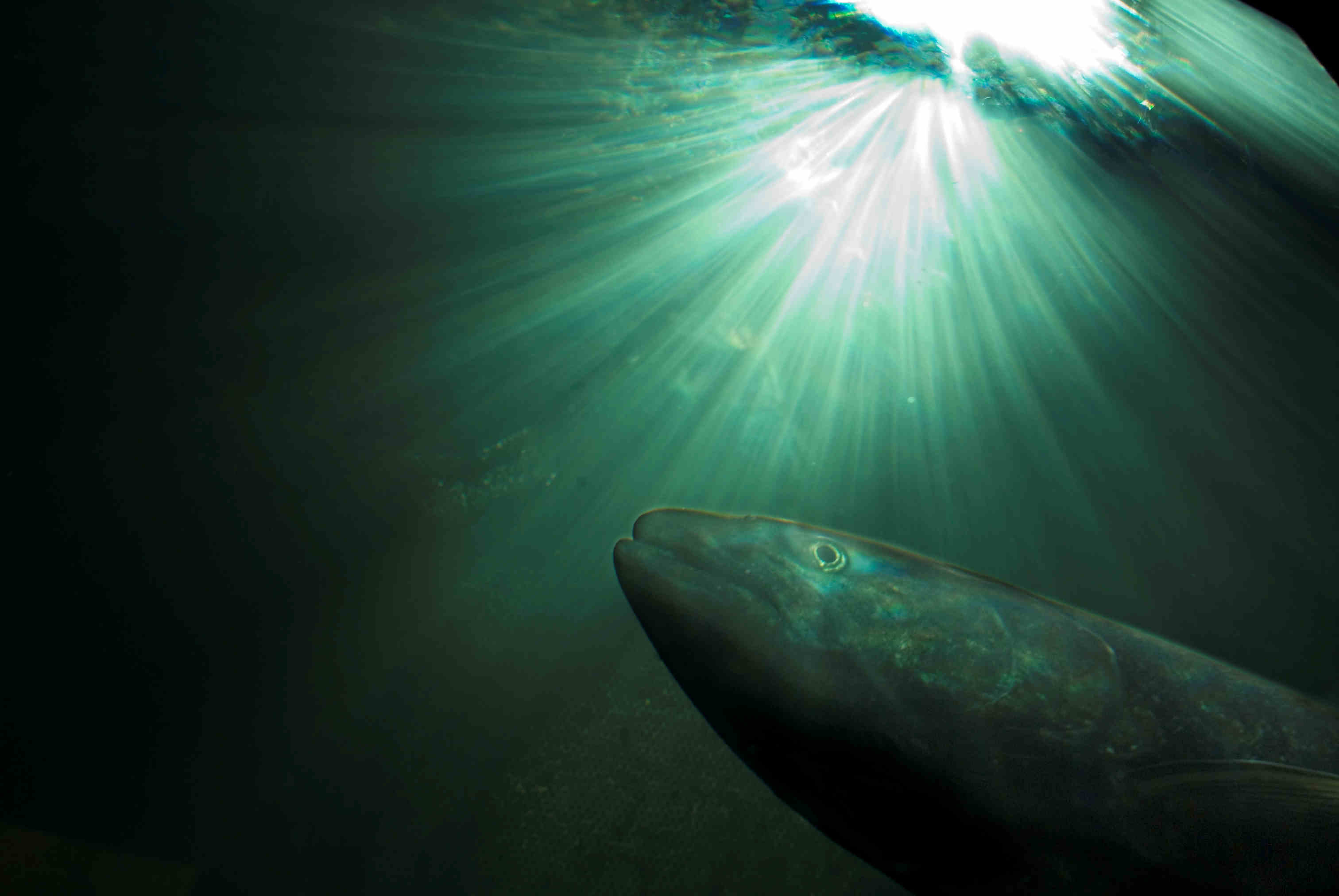Whitehorse Fishladder and Hatchery

Whitehorse Rapids Fishladder
The Whitehorse Rapids Fishladder is the longest wooden fish ladder in the world and plays a critical role in helping fish pass safely around the Whitehorse Rapids Dam. Important research and conservation work also takes place at the Fish ladder each year to ensure that salmon populations are monitored and supported with egg fertilization and fish release programs. Through the Whitehorse Rapids Generating Station Relicensing Project process, the project’s Technical Working Group, made up of representatives from the Kwanlin Dün First Nation, Ta’an Kwäch’än Council, Carcross/Tagish First Nation and the Government of Yukon, is working to understand how we can operate the hatchery, fish ladder and dam in a better way. In 2023, we started keeping the gates of the viewing chamber at the fish ladder open 24/7, to allow the fish to pass through the ladder continuously and without interruption. We used to close the gates overnight so fish ladder staff could count and sex the salmon the next morning but changed this practice after input from the Technical Working Group. We now use a camera to count and sex the salmon. In the summer of 2024, we also worked on improving the flows at the entrance to the ladder. By adjusting the attractant gate to balance the amount of water coming down the ladder and the flow through the spillway, it is easier for fish to find and enter the ladder. The learnings from this summer will inform how we operate the fish ladder moving forward.
Follow us on Facebook for updates on our summer hours.
Whitehorse Rapids Fish Hatchery
Recognizing that the Whitehorse dam can impact migrating salmon, the fish hatchery was built in 1984 to replace those losses and to help build and maintain upstream salmon stocks.
Each year, hatchery staff collect what is called broodstock, or salmon that will be used for spawning at the hatchery. We take no more than 30% of the total salmon run (based on recommendations from First Nations, studies and DFO).
We are working with the Whitehorse Rapids Generating Station Relicensing Project's Technical Working Group to implement culturally considerate practices into key activities at the hatchery. In 2024, we invited the Technical Working Group to observe the salmon spawning at the hatchery and provided spawned salmon to First Nations for use in traditional and cultural practices.